The reliefs on the nine bronze cauldrons in the Hue Royal Palace (Nine Cauldrons) were honored as a World Documentary Heritage on May 8, 2024, a source of pride for Vietnam in general and Thua Thien - Hue province in particular, contributing to increasing the heritage brand of Hue - one destination with eight heritages.
The reliefs cast on the 9 bronze cauldrons in the Hue Royal Palace are the only positive copies, currently placed in front of the courtyard of The To Temple, including 162 images and Chinese characters cast by King Minh Mang in Hue in 1835, completed in 1837 to represent the longevity of the dynasty, the wealth and territorial integrity of Vietnam.
The motifs carved on the Nine Tripods depict various themes, making them a unique and valuable source of information that is of great interest to researchers in Vietnam and abroad due to their historical, cultural, educational , geographical, feng shui, medical, and calligraphic values.
Previously, the Complex of Monuments of the Imperial City of Hue was inscribed on the UNESCO World Heritage List in 1993 - this was the first World Heritage site in Vietnam to be honored.
The Complex of Hue Monuments is located along both banks of the Perfume River and some neighboring areas in Thua Thien - Hue province. The Complex of Hue Monuments was once part of the Hue Citadel - the last capital of Vietnam from 1802-1945.
The Hue Imperial Citadel complex comprises all historical and cultural relics built by the Nguyen dynasty from the early 19th century to the first half of the 20th century in the former Hue capital area, covering an area of over 500 hectares and bounded by three concentric walls, in order from largest to smallest: the Citadel, the Imperial City, and the Forbidden City.
In addition, there is also the system of mausoleums of the Nguyen Dynasty kings, other unique architectural works of the Nguyen Dynasty such as Ho Quyen, Van Thanh, Quoc Tu Giam, Nam Giao Altar...
The poetry and literature inscribed on the architecture of the Hue Imperial Palace, which was recognized as a World Documentary Heritage site in the Asia-Pacific region in 2016, is considered by the Hue Imperial Citadel Conservation Center to be rich and diverse in content, expressed on various materials such as wood, stone, bronze, enamel, ceramic mosaic, and gilded lacquer. These are seen as unique, living "museums" of literature from the Nguyen Dynasty (1802-1945).
The palace and tomb architecture largely utilizes literary and poetic decorations on the balustrades, panels, and cornices in both the interior and exterior. The "one poem, one painting" or "one character, one painting" style of decoration has almost become a distinctive feature of Nguyen Dynasty court architecture. This documentary heritage is the culmination of many elements such as fine arts, decorative techniques, calligraphy, and traditional craft skills.
The Nguyen Dynasty woodblocks were recognized as a World Documentary Heritage in 2009. Woodblocks are a special type of document created during the operation of the National Historical Institute of the Nguyen Dynasty. These are texts written in Han-Nom script, carved in reverse on wood, to print books and reproduce documents of the Nguyen Dynasty.
Woodblock documents are meticulously compiled and engraved chronicles, reflecting various fields such as history, geography, politics and society, military affairs, law, culture, education, ideology, philosophy, literature, language and writing, etc.
The Nguyen Dynasty's Imperial Records were recognized as a Memory of the World Documentary Heritage for the Asia-Pacific region in 2014, and were again recognized as a World Documentary Heritage in 2017. The Nguyen Dynasty's Imperial Records are the only administrative documents of the Nguyen Dynasty still preserved in Vietnam; including especially important documents that contribute to affirming Vietnam's sovereignty over the Hoang Sa and Truong Sa archipelagos.
The Nguyen Dynasty's royal records not only reflect the domestic and foreign viewpoints and policies of the Nguyen Dynasty (1802-1945) in all areas of contemporary society, but also contribute to reflecting regional and world history; possessing special values in terms of unique royal notes, diverse writing, rich seal system, traditional paper materials, etc.
Nha Nhac (Nguyen Dynasty) - Vietnamese court music was honored as a Masterpiece of Oral and Intangible Heritage of Humanity in 2003. In Vietnam, Nha Nhac began to appear in the 15th century, but it was not until the Nguyen Dynasty that it flourished and reached a level of erudition. This type of music became a symbol of royalty, the longevity and prosperity of the dynasty.
Nha Nhac (court music) was performed in the Vietnamese royal court during ceremonies and rituals associated with celebrations and religious holidays, as well as special events such as coronations, funerals, or official receptions. The regulations regarding the size of the orchestra, performance style, and musical content of Nha Nhac were very strict.
In addition, Thua Thien - Hue has two heritage sites recognized as Representative Intangible Cultural Heritage of Humanity, shared with other localities: the practice of worshipping the Mother Goddess of the Three Realms, recognized in 2016, and the Central Vietnamese Bài Chòi art form, recognized in 2017.
Source: https://www.baogiaothong.vn/kham-pha-8-di-san-the-gioi-tren-vung-dat-co-do-hue-192241029063557628.htm



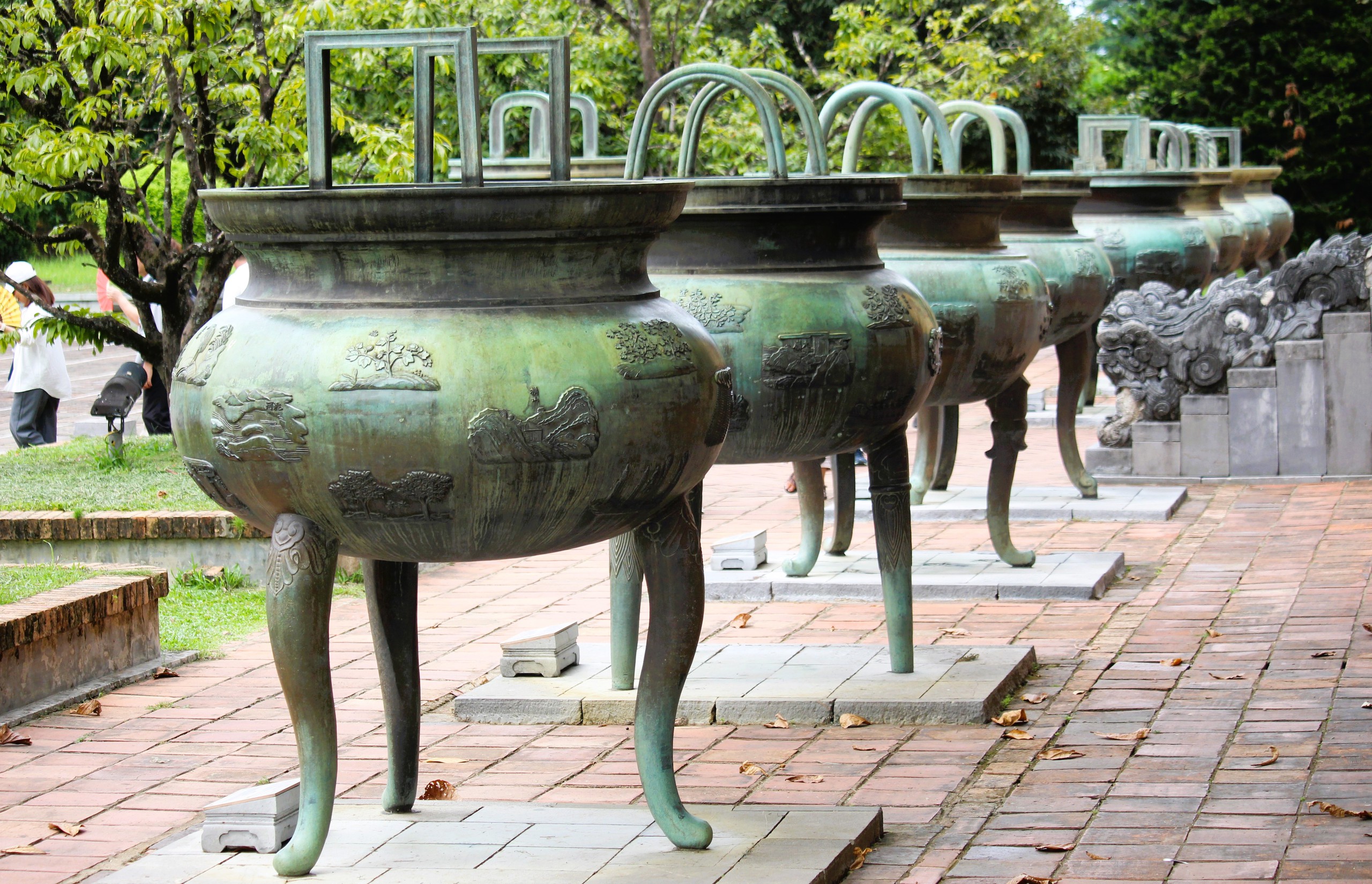
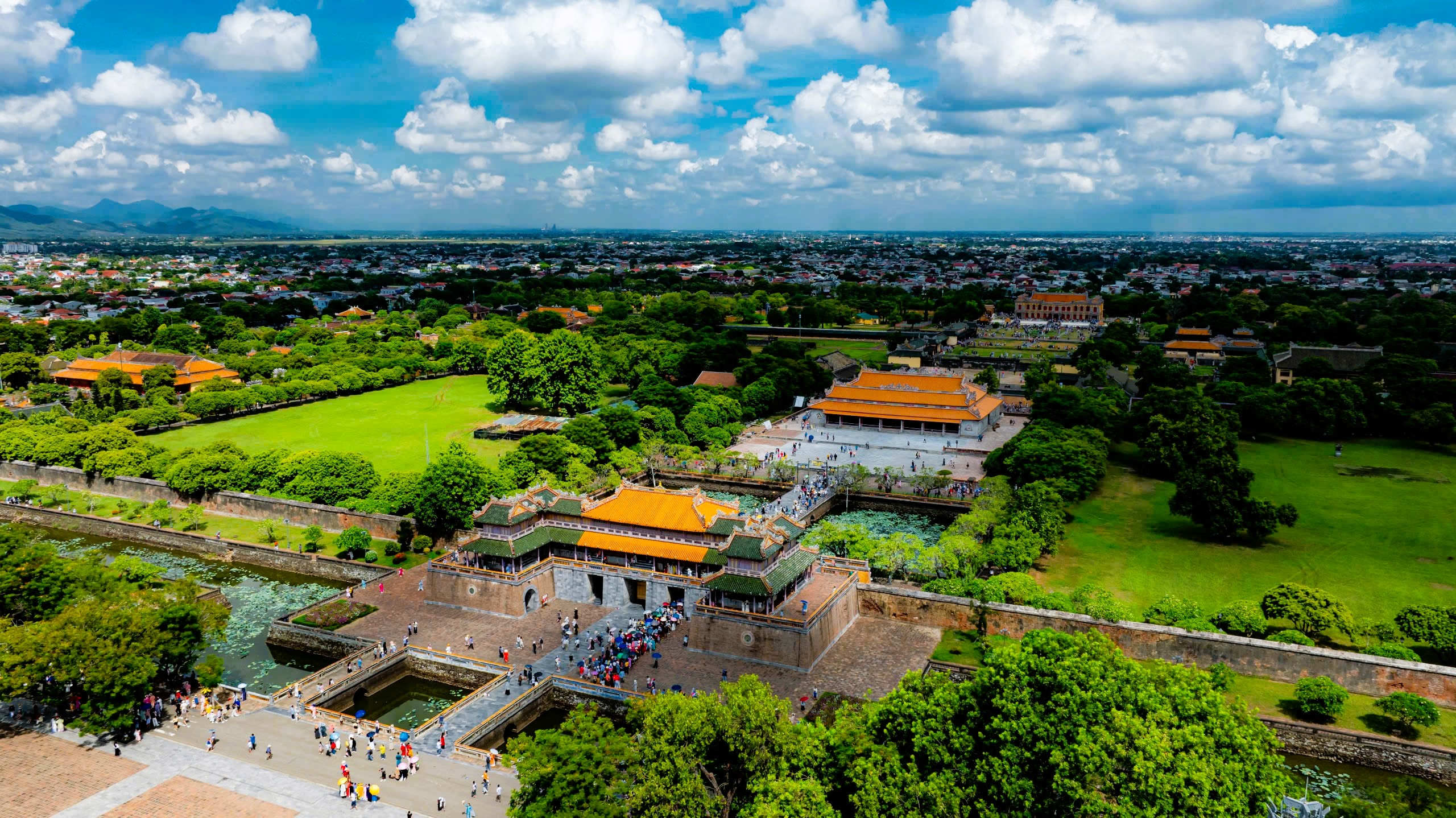

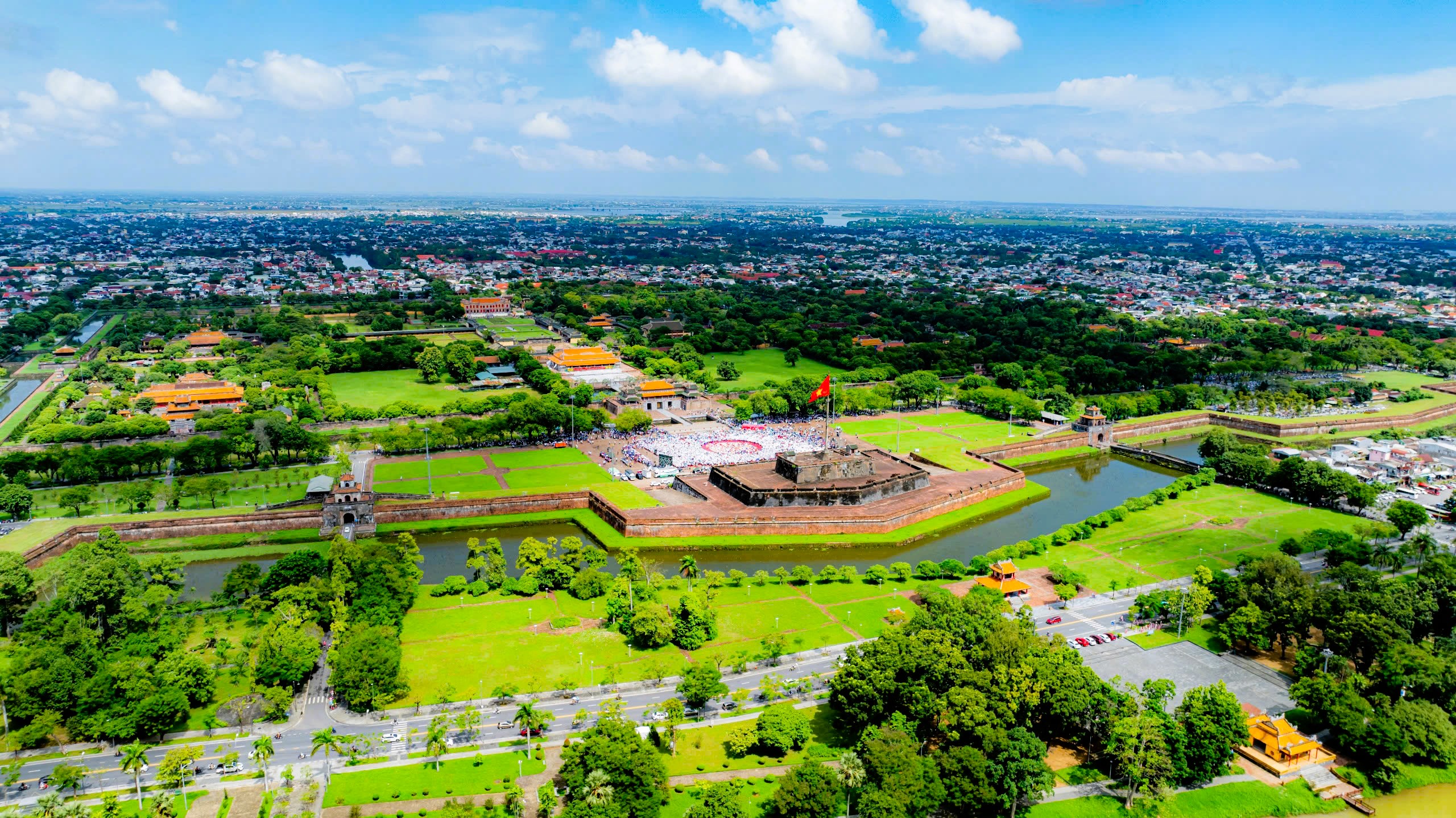
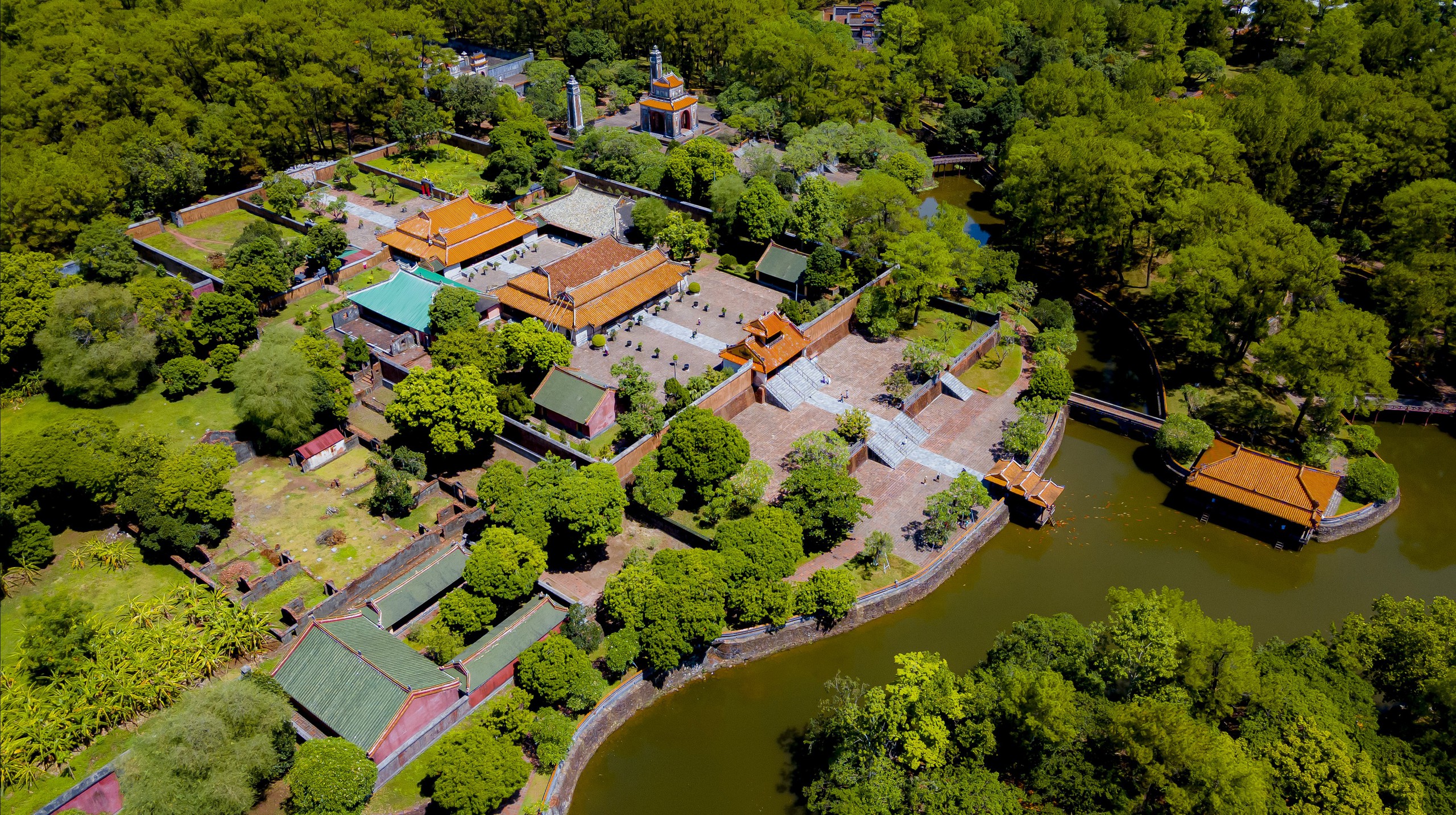
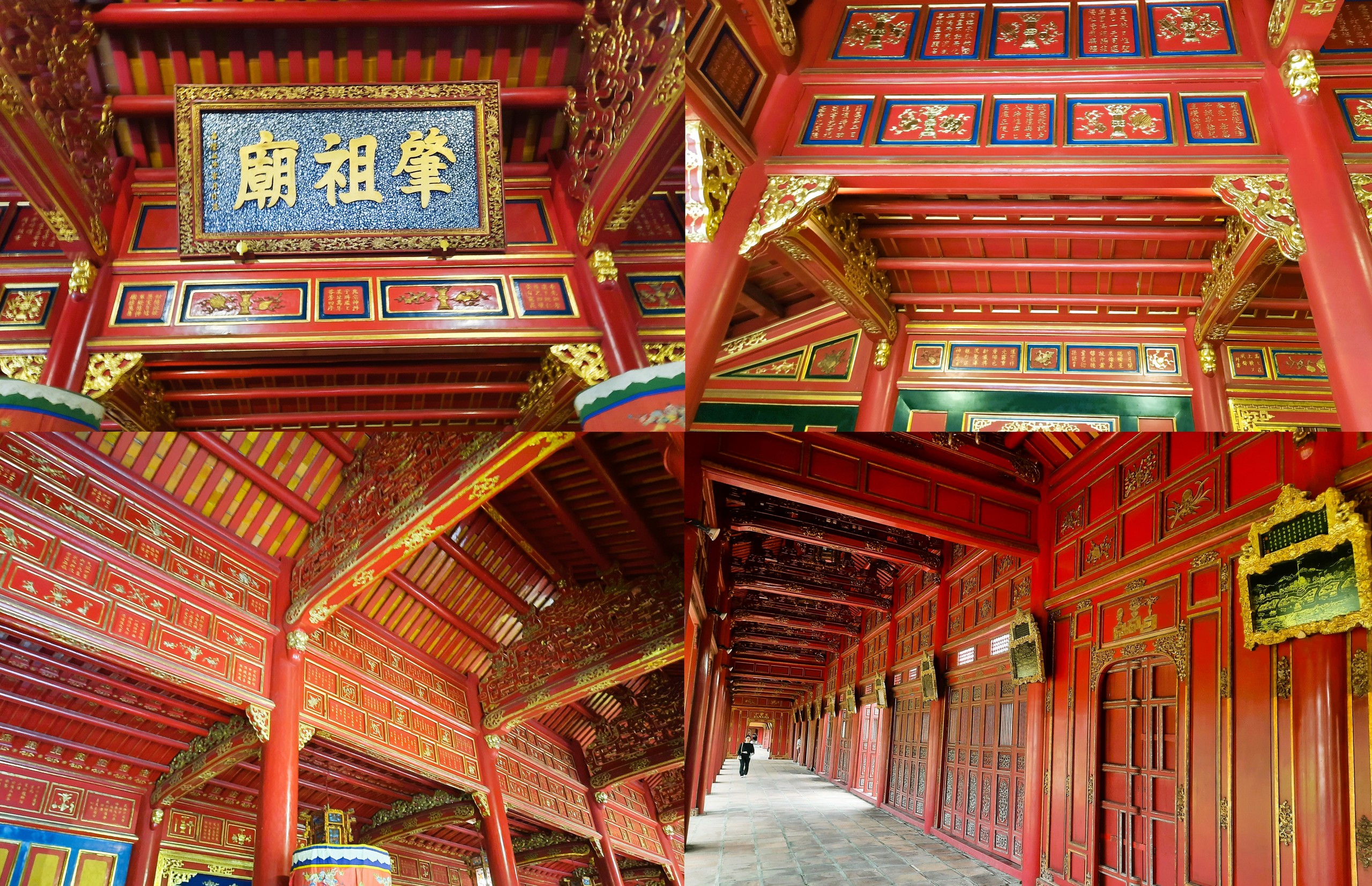
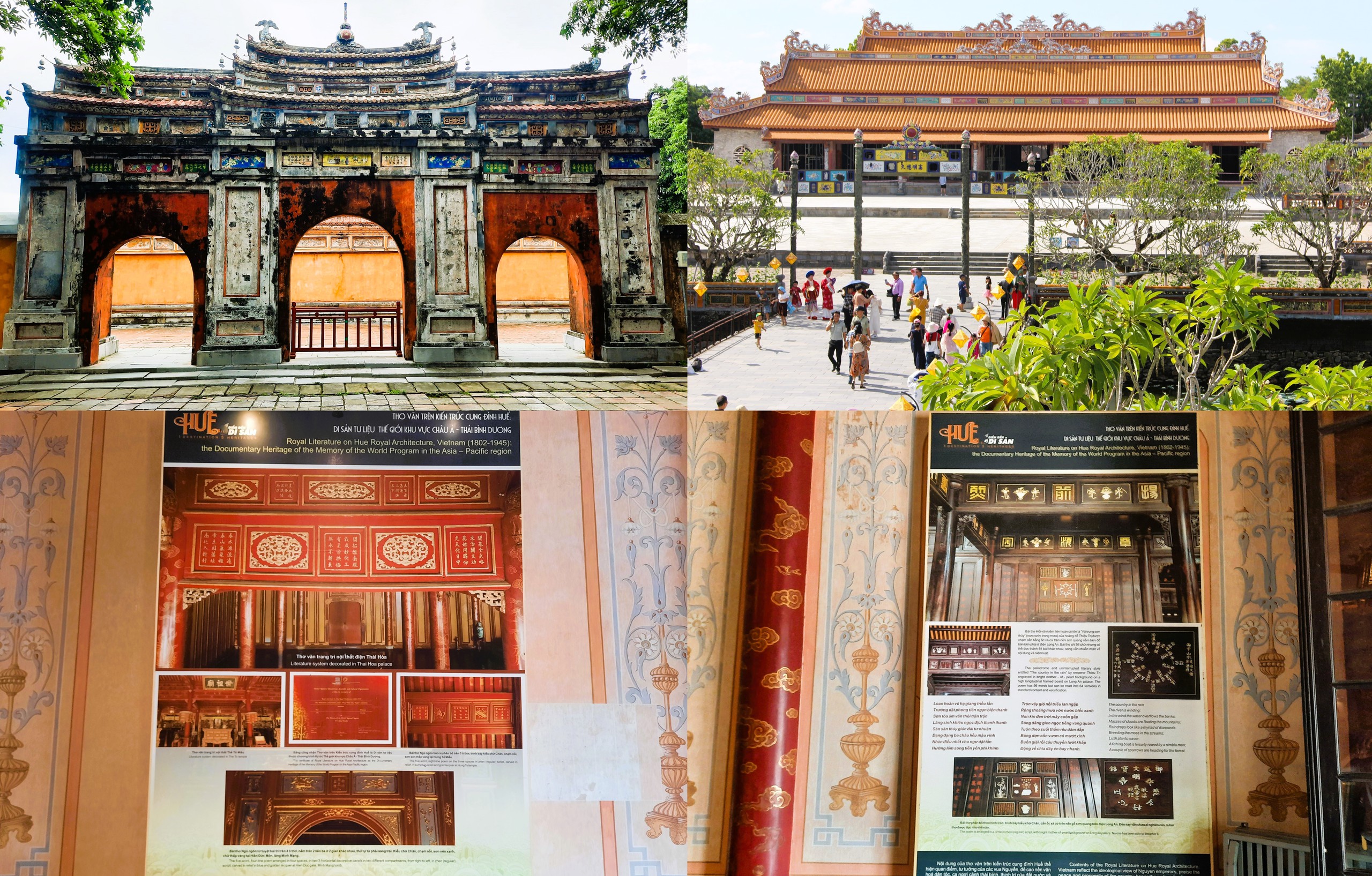
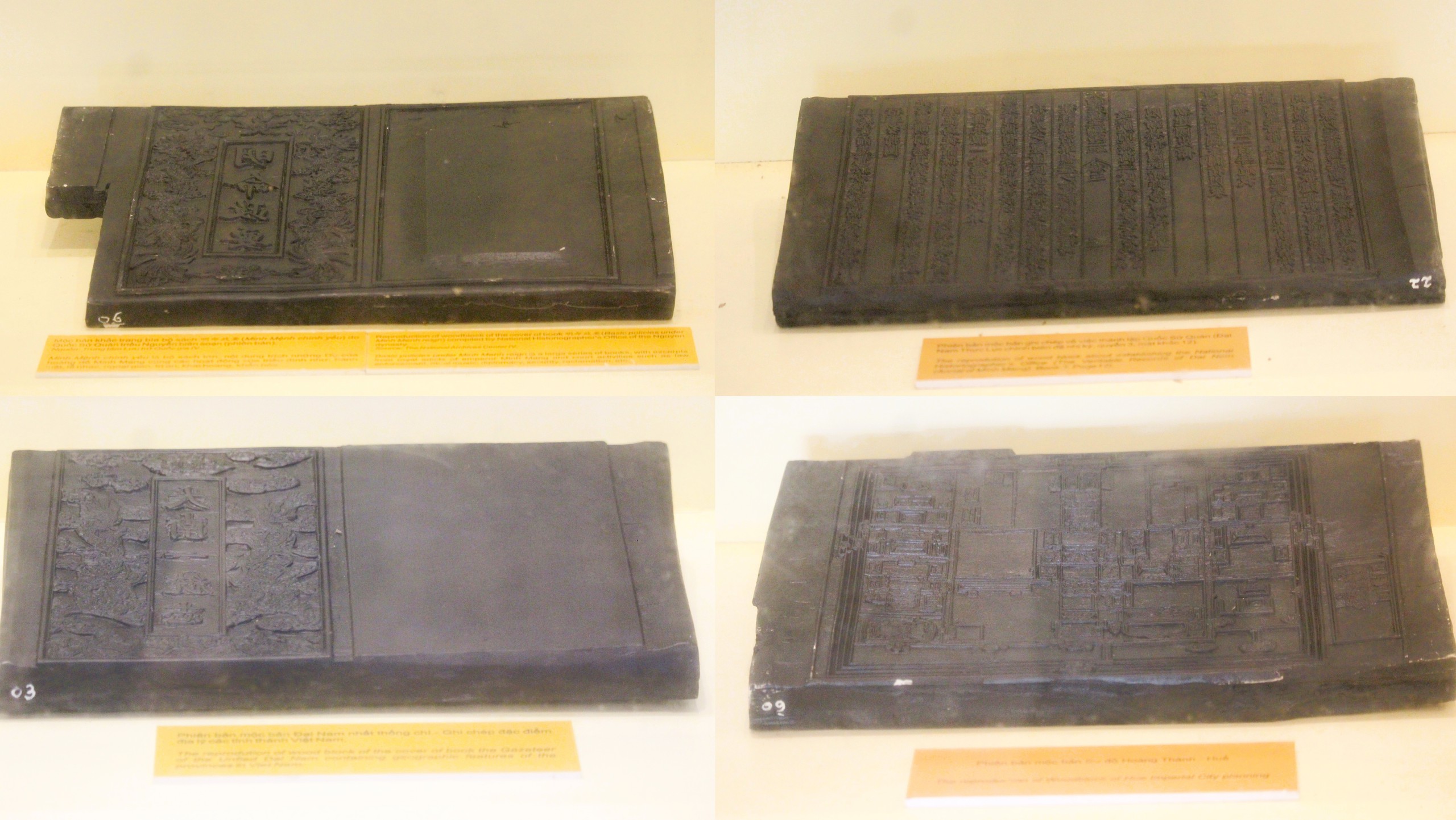
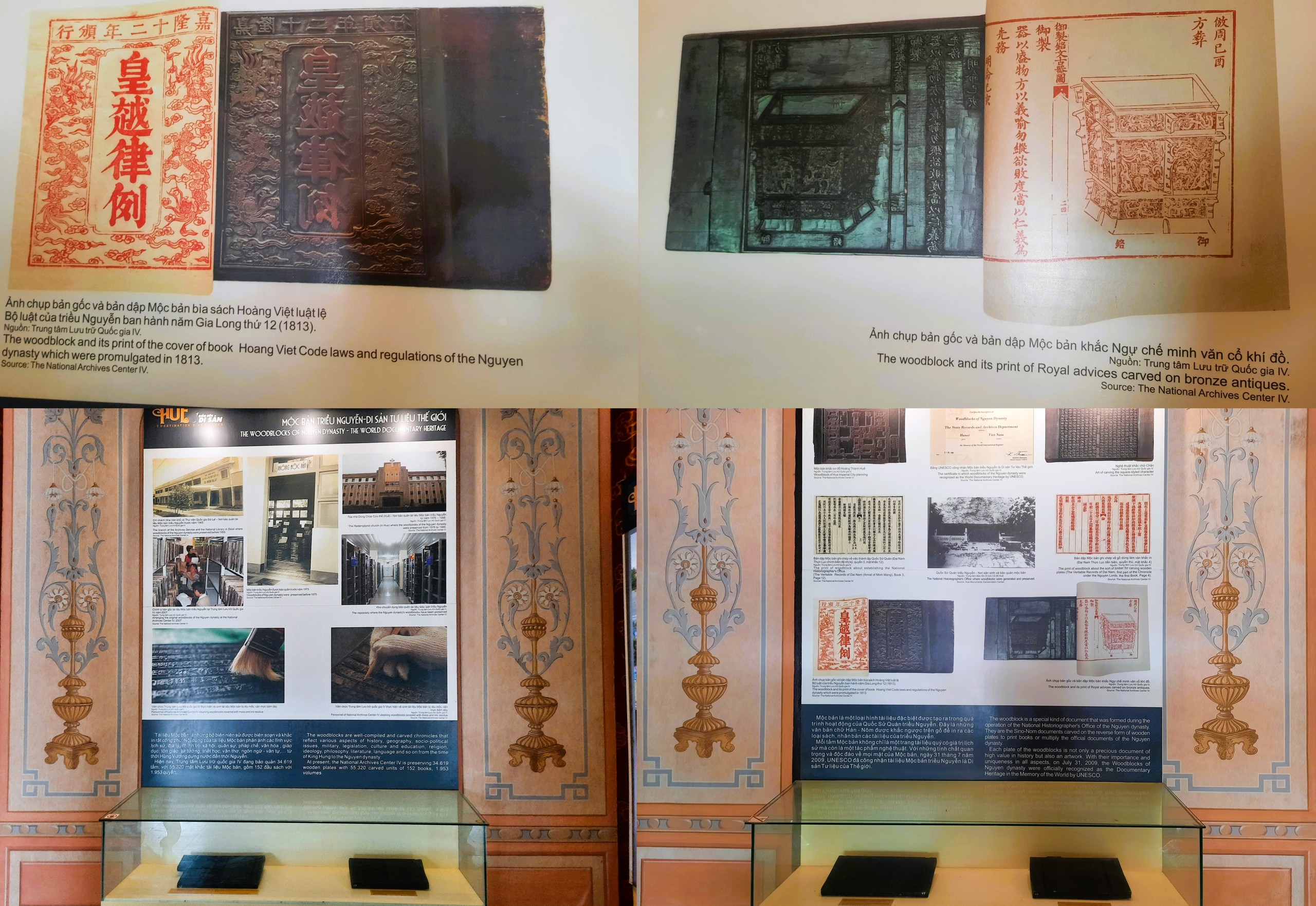
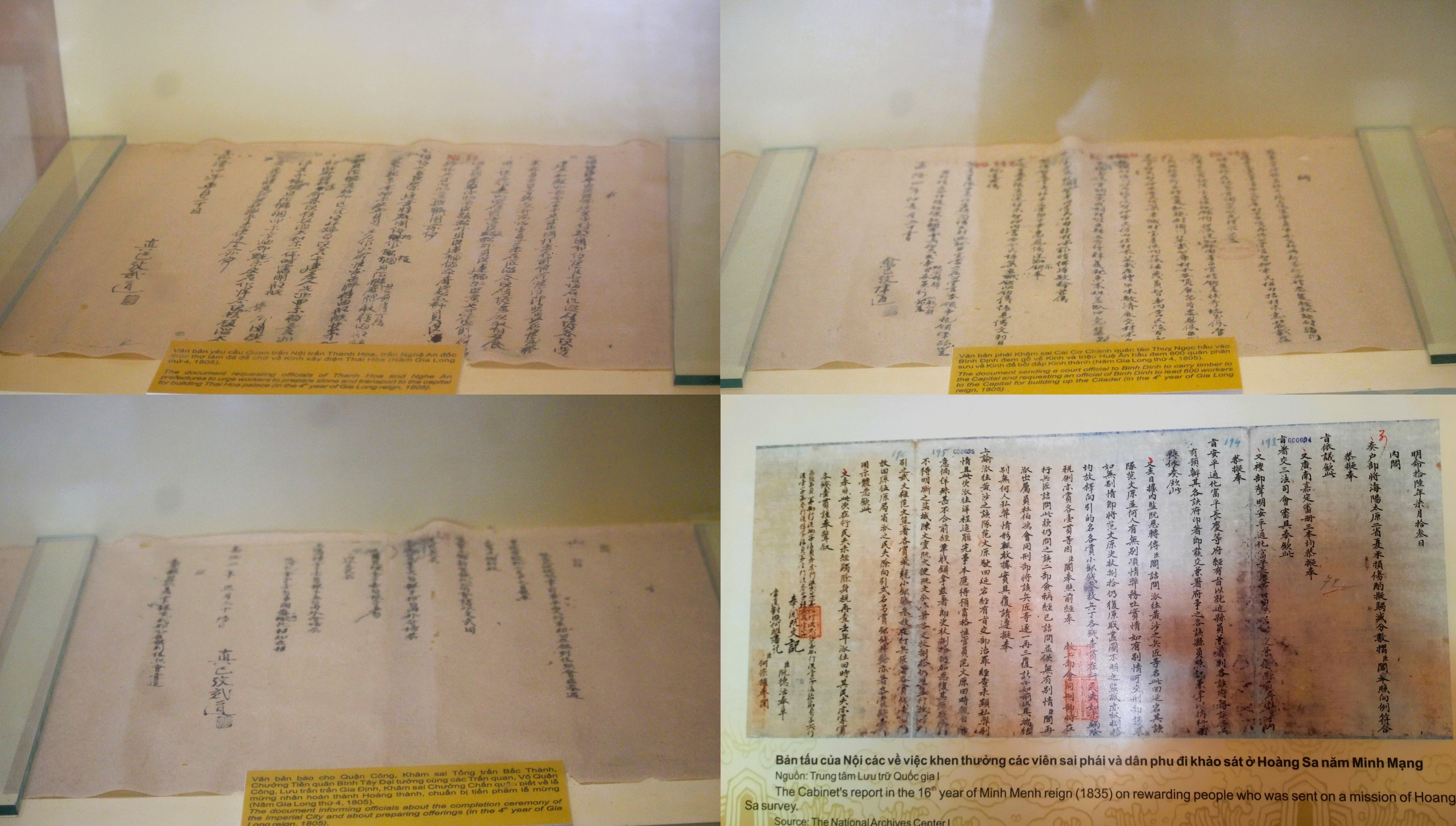
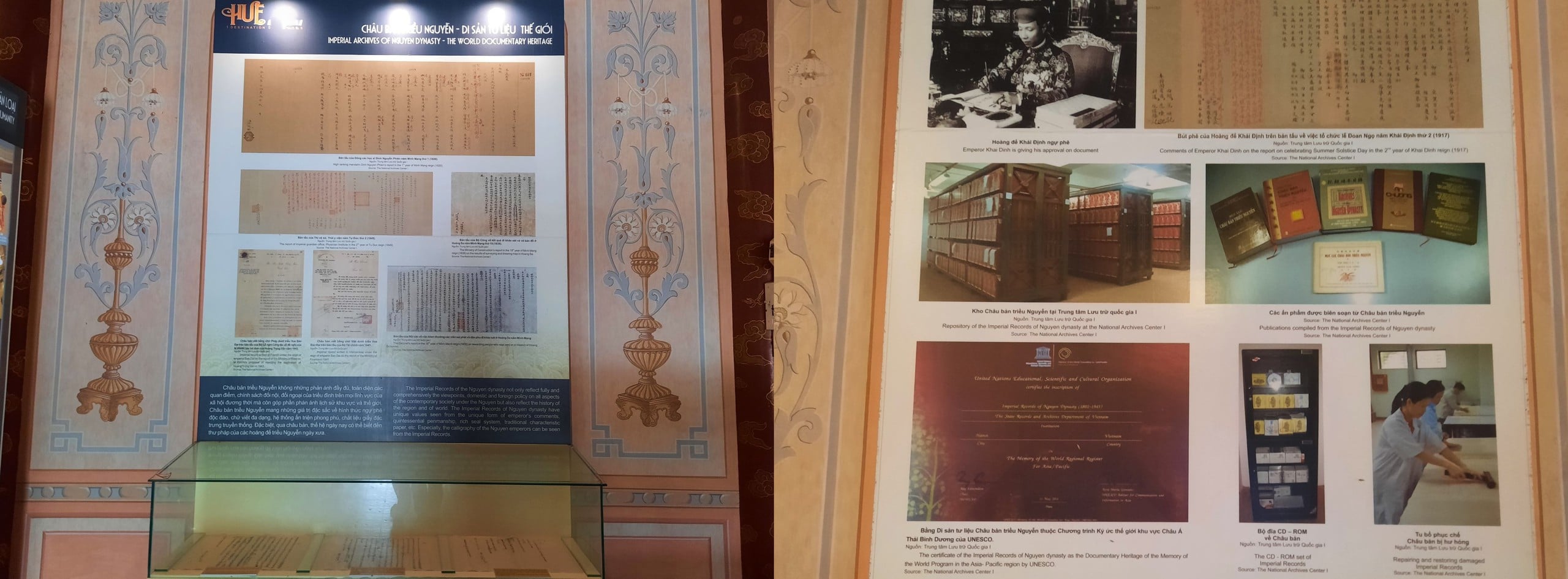

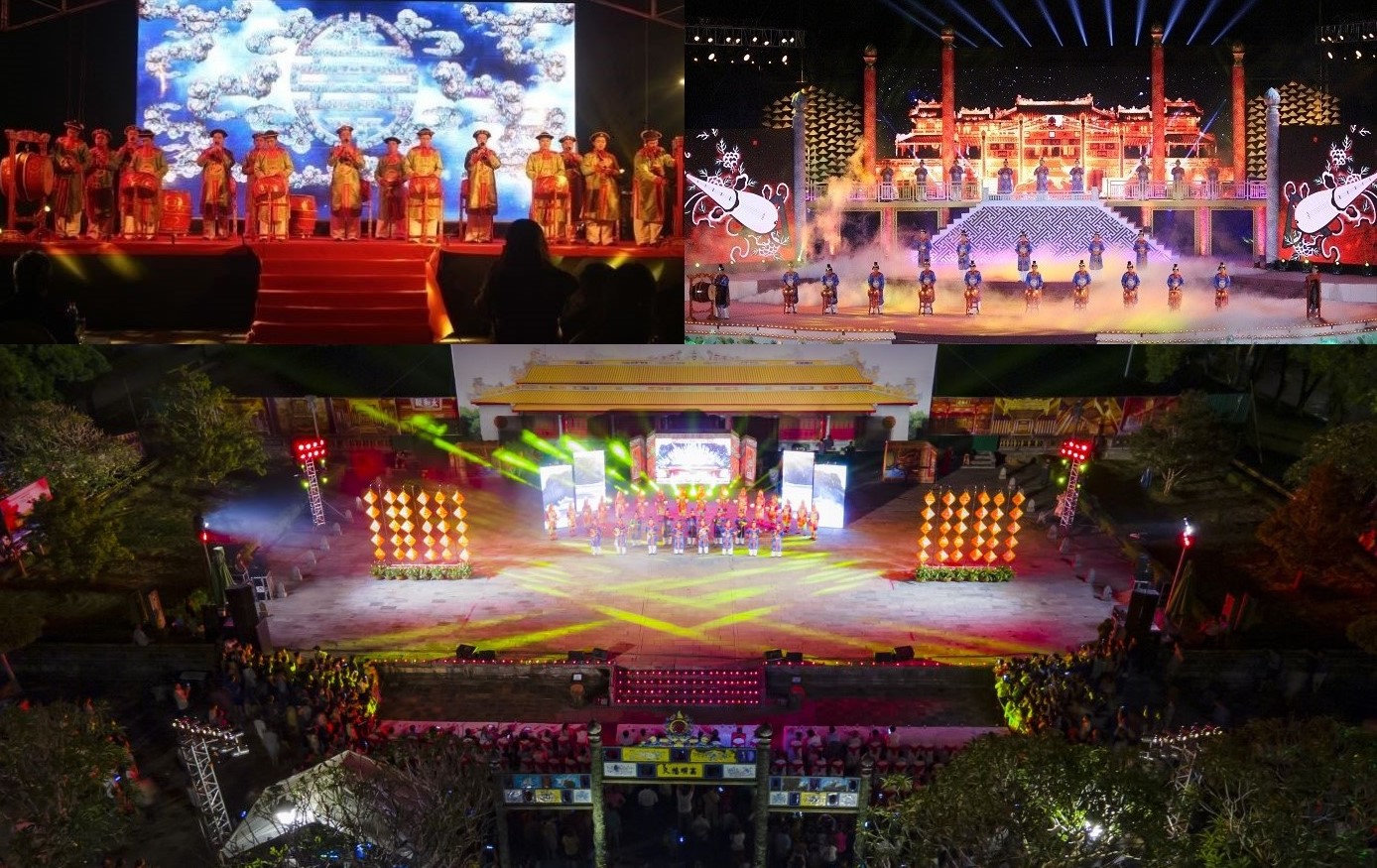
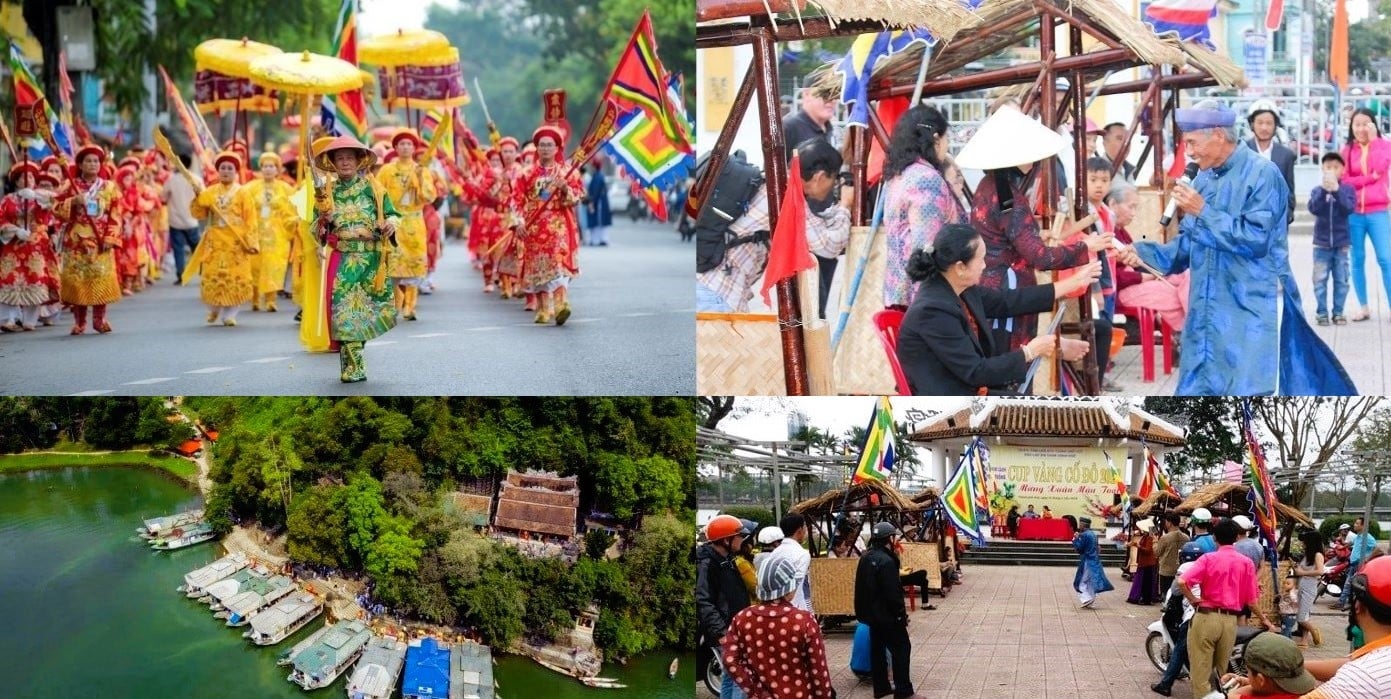











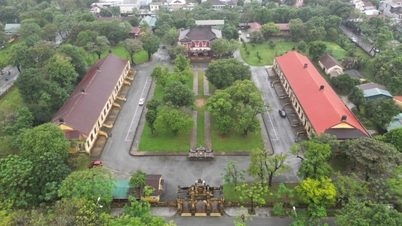

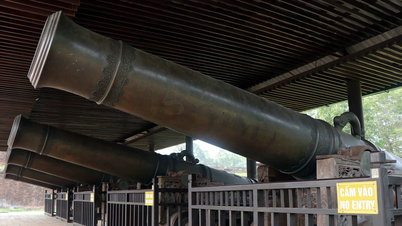

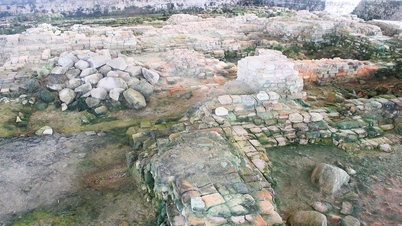

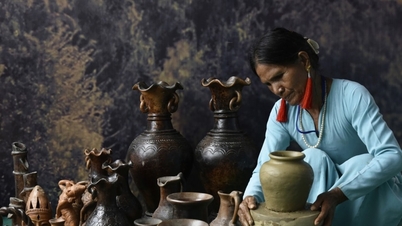

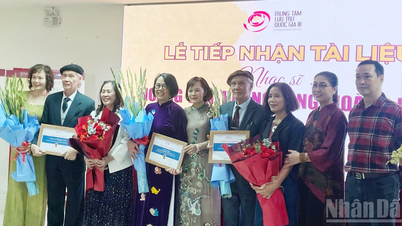




![[Video] The craft of making Dong Ho folk paintings has been inscribed by UNESCO on the List of Crafts in Need of Urgent Safeguarding.](https://vphoto.vietnam.vn/thumb/402x226/vietnam/resource/IMAGE/2025/12/10/1765350246533_tranh-dong-ho-734-jpg.webp)












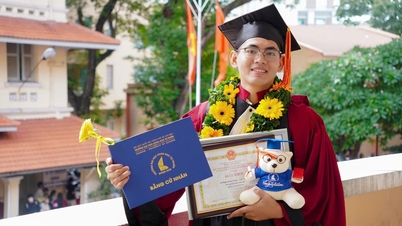



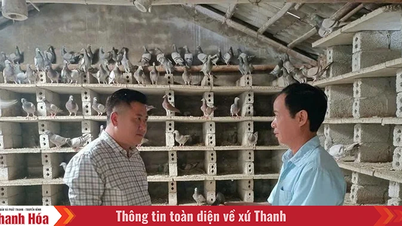



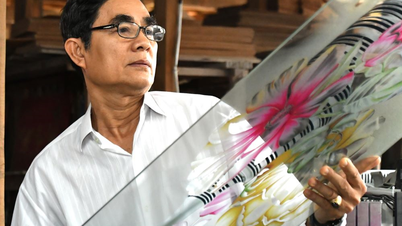


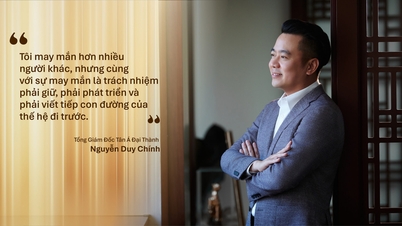













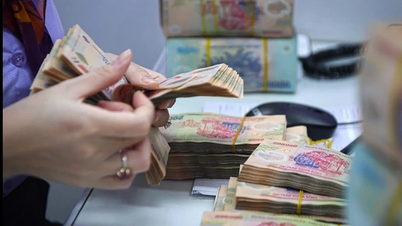






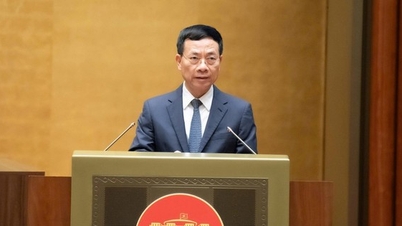




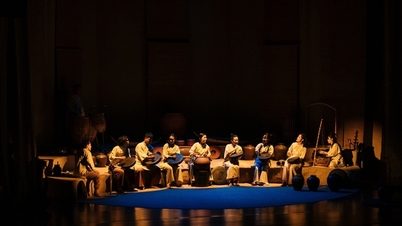



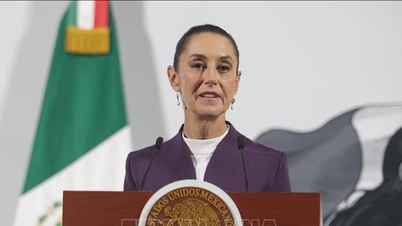


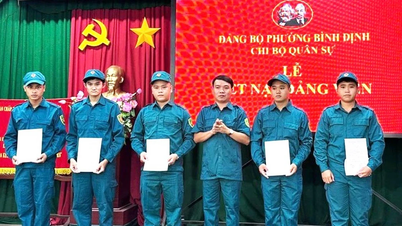

























Comment (0)